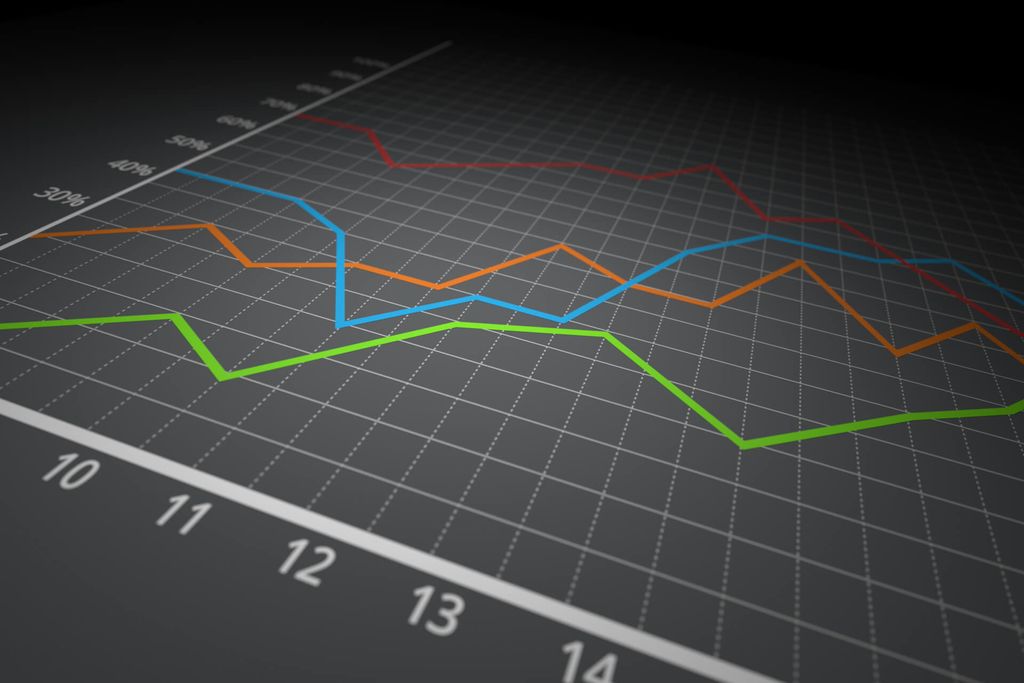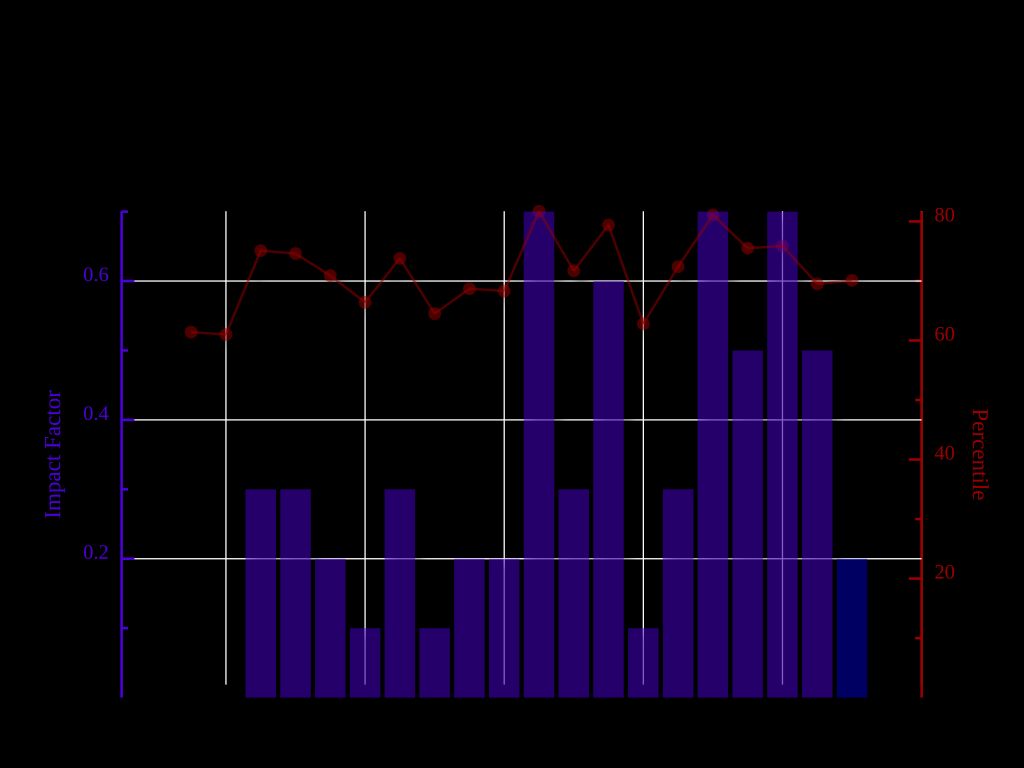Technical analysis is a popular approach used by traders and investors to analyze and predict price movements in the futures markets. By studying historical price data and market trends, technical analysts aim to identify patterns and indicators that can help them make informed trading decisions. In this article, we will provide an overview of technical analysis in the futures markets, covering the basics, key principles, analyzing market trends, and using chart patterns and indicators. Here are the key takeaways:
Key Takeaways
- Technical analysis is a popular approach used by traders and investors to analyze and predict price movements in the futures markets.
- The basics of technical analysis involve studying historical price data and market trends to identify patterns and indicators.
- Key principles of technical analysis include the idea that the market discounts everything, prices move in trends, and history tends to repeat itself.
- Identifying trend reversals is an important aspect of analyzing market trends, as it can help traders anticipate potential changes in price direction.
- Moving averages are commonly used to determine trends and provide potential entry and exit points for traders.
Understanding Technical Analysis

The Basics of Technical Analysis
Technical analysis is a trading discipline and method of measuring, studying, and forecasting the price movements of any financial market by examining past market data including historical price, open interest, and volume data. The core assumption of technical analysis is that the current price of a market reflects all known factors including fundamentals like the news and economic factors; thus, there is no need to examine these fundamental factors when examining a market. However, in practice, many professional analysts and technical traders still prefer to use both forms of analysis to find trading ideas.
Technical analysis relies on technical indicators, chart patterns, candlestick patterns, and historical price trends of a tradable instrument to help predict future price movements. The core principles of a technical analysis approach to trading and investing are that the price history of a tradable instrument tends to repeat itself, market action discounts everything, and price moves.
Here are some key points about technical analysis:
- It is a trading discipline and method of measuring, studying, and forecasting price movements.
- It examines past market data including historical price, open interest, and volume data.
- The core assumption is that the current price reflects all known factors.
- Technical analysis relies on technical indicators, chart patterns, candlestick patterns, and historical price trends.
- The price history of a tradable instrument tends to repeat itself.
- Market action discounts everything.
- Price moves.
Tip: Technical analysis can be used in conjunction with fundamental analysis to find trading ideas.
Key Principles of Technical Analysis
In technical analysis, there are three key principles that form the foundation of this approach to trading and investing. Understanding these principles is crucial for effectively analyzing the futures markets.
1. Market Action Discounts Everything: The first principle of technical analysis is that market action discounts everything. This means that all factors that can potentially affect the price, such as political events, economic factors, and market sentiment, are already reflected in the price. As a result, there is no need to examine fundamental factors separately.
2. Prices Move in Trends: The second principle states that prices move in trends. This means that once a trend is established, it is more likely to continue than to reverse. By identifying and following trends, traders can capitalize on potential profit opportunities.
3. History Tends to Repeat Itself: The third principle highlights the tendency of price history to repeat itself. Patterns and behaviors that have occurred in the past often reoccur in the future. By studying historical price movements and chart patterns, traders can gain insights into possible future market behavior.
These principles provide the framework for technical analysis and guide traders in making informed trading decisions. By understanding and applying these principles, traders can enhance their ability to predict future price movements and identify potential trading opportunities.
Analyzing Market Trends

Identifying Trend Reversals
Identifying trend reversals is a crucial skill for traders and investors. Reversal chart patterns are formations that signal a potential change in the price trend from bullish to bearish or vice versa. These patterns include wedges, head and shoulders, and inverse head and shoulders, among others. By recognizing these patterns, traders can anticipate trend shifts and make informed decisions.
To verify the validity of a reversal pattern, traders can follow certain guidelines. They should look for confirmation through other technical indicators or price action. It’s important to note that not all reversal patterns lead to a significant trend change, so careful analysis is necessary.
Here are some examples of popular reversal chart patterns:
| Pattern | Description |
|---|---|
| Wedge | A pattern formed by converging trendlines, indicating a potential trend reversal |
| Head and Shoulders | A pattern with a central peak (head) and two smaller peaks (shoulders), signaling a possible trend reversal |
| Inverse Head and Shoulders | A pattern with a central trough (head) and two smaller troughs (shoulders), indicating a potential trend reversal |
Remember, recognizing trend reversals is just one piece of the puzzle. Traders should also consider other factors such as volume, market sentiment, and overall market conditions. By combining technical analysis with a holistic approach, traders can increase their chances of making successful trades.
Using Moving Averages to Determine Trends
Moving averages are a fundamental tool in technical analysis that can help smooth out price data and identify trends and potential reversals. There are different types of moving averages, such as exponential moving averages (EMA) and simple moving averages (SMA), each with its own characteristics and applications.
One way to use moving averages is to look for crossovers, where a shorter-term moving average crosses above or below a longer-term moving average. This can signal a change in trend direction. For example, if the shorter-term moving average crosses above the longer-term moving average, it may indicate an uptrend.
Another way to use moving averages is to identify support and resistance levels. When the price of an asset approaches a moving average, it can act as a support or resistance level. If the price bounces off the moving average, it may indicate a continuation of the trend.
It’s important to note that moving averages are not foolproof indicators and should be used in conjunction with other technical analysis tools and indicators. They provide a visual representation of the trend but may lag behind actual price movements.
Here is a table summarizing the different types of moving averages:
| Moving Average Type | Description |
|---|---|
| Exponential Moving Average (EMA) | Gives more weight to recent price data |
| Simple Moving Average (SMA) | Gives equal weight to all price data |
Remember, technical analysis is a dynamic field, and it’s essential to stay updated with the latest research and developments. Experiment with different moving averages and see which ones work best for your trading strategy.
Tip: When using moving averages, consider combining them with other technical indicators, such as the Relative Strength Index (RSI) or the Moving Average Convergence Divergence (MACD), for confirmation and additional insights.
Chart Patterns and Indicators

Recognizing Common Chart Patterns
Chart patterns are an essential tool for traders to identify potential market movements. These patterns can provide valuable insights into the future direction of a market, whether it’s a bullish or bearish trend. There are two main types of chart patterns: Continuation Patterns and Reversal Patterns.
Continuation patterns indicate that a trend is likely to continue after a temporary consolidation. Some common continuation patterns include flags, pennants, and rectangles. These patterns suggest that the market is taking a breather before resuming its previous trend.
On the other hand, reversal patterns signal a potential change in the price trend. Examples of reversal patterns include wedges, head and shoulders, and inverse head and shoulders. These patterns indicate a shift from a bullish to bearish trend, or vice versa.
It’s important for traders to be able to recognize these chart patterns and understand their significance. By identifying these patterns, traders can make more informed decisions and take advantage of potential market opportunities.
Here are some examples of common chart patterns:
| Pattern | Description |
|---|---|
| Triple Tops and Bottoms | These patterns consist of three consecutive peaks or troughs, indicating a potential reversal in the price trend. |
| Double Tops and Bottoms | Similar to triple tops and bottoms, these patterns have two consecutive peaks or troughs, suggesting a possible trend reversal. |
| Head and Shoulders | This pattern resembles a head with two shoulders and indicates a potential trend reversal from bullish to bearish. |
Remember, chart patterns are just one tool in a trader’s arsenal. It’s important to consider other factors, such as volume and open interest, to confirm the validity of these patterns and make well-informed trading decisions.
Tip: When analyzing chart patterns, it’s crucial to look for confirmation signals from technical indicators or other chart patterns. This can help increase the accuracy of your analysis and improve your trading results.
Utilizing Technical Indicators for Confirmation
When it comes to technical analysis, utilizing technical indicators is a crucial step in confirming market trends and making informed trading decisions. Technical indicators are powerful tools that provide quantitative insights into market behavior and can help traders identify potential trading opportunities.
There are numerous technical indicators available for analysis, each with its own unique formula and interpretation. Some popular examples of technical indicators include:
- Relative Strength Index (R.S.I)
- Stochastics Indicator
- Fibonacci Indicator
- Moving Averages
- MACD
- Volume
- Bollinger Bands
- Keltner Channels
- Volume Weighted Average Price (VWAP)
- Ease Of Movement
- Average Directional Index
- Money Flow Index
- Ichimoku Cloud
These indicators can be used to measure various aspects of market dynamics, such as trend strength, momentum, volatility, and volume. By analyzing these indicators alongside price action, traders can gain a deeper understanding of market conditions and make more informed trading decisions.
It’s important to note that technical indicators should not be used in isolation but rather in conjunction with other forms of analysis. They serve as a confirmation tool, validating or challenging the signals generated by other technical analysis techniques.
Tip: When using technical indicators, it’s essential to understand their strengths and limitations. Avoid relying solely on a single indicator and consider using multiple indicators to cross-validate signals.
By incorporating technical indicators into your analysis, you can enhance your understanding of market trends and improve your trading accuracy. Remember, technical analysis is a combination of art and science, and utilizing the right tools can give you a competitive edge in the futures markets.
Chart patterns and indicators are essential tools for successful trading in the Forex market. By understanding and utilizing these patterns and indicators, traders can identify potential entry and exit points, as well as predict market trends. Whether you are a beginner or an experienced trader, having a solid understanding of chart patterns and indicators is crucial for making informed trading decisions. If you want to learn more about chart patterns and indicators, and how to use them effectively in your trading strategy, visit our website, Home – The Forex system for success. Our website offers a 100% rule-based Forex system that can help you become a successful trader. With automatic trade detection and predefined entry, stop loss, and take profit values, our system makes trading easy and stress-free. Don’t miss out on the opportunity to improve your trading skills and achieve success in the Forex market. Visit our website now!
In Conclusion
Technical analysis is a powerful tool for understanding and predicting market behavior in the futures markets. By analyzing past price movements and patterns, traders can identify trends, reversals, and chart patterns that can inform their trading decisions. Moving averages and technical indicators provide further confirmation and insight. While technical analysis is not always accurate and can generate many trading signals, it offers valuable insights for both day traders and swing traders. By incorporating technical analysis into their trading strategies, traders can enhance their chances of success in the dynamic and ever-changing futures markets.



